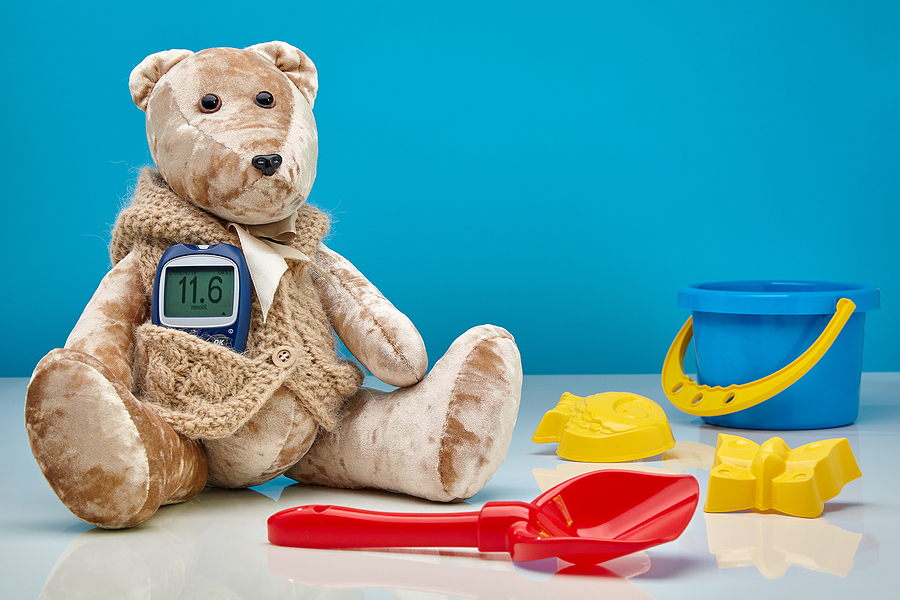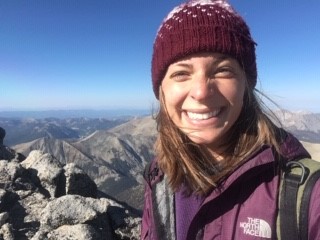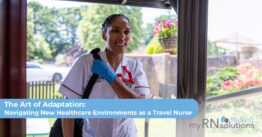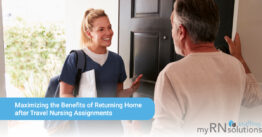
Hello readers! It’s been quite a long time.
Some of you might have read my previous blogs, but as with everyone, life has looked dramatically different since the start of COVID-19. I’m grateful to be able to share words with you once again, as a nurse and human being experiencing my tumultuous, beautiful, fragile day-to-day reality just as you are experiencing yours.
If you haven’t read any of my past blogs (and even if you have – it’s been a long time), I’d like to briefly reintroduce who I am, where I come from, and what I do. I’ve been a nurse for almost three years, but already I’ve been to a few places. Let’s start at the beginning of my nursing career, though.
I went to college in Michigan at a small liberal arts college with a wicked nursing program. When I say wicked, I mean it was an extremely challenging two years of pre-nursing courses followed by two years packed full of nursing clinicals, labs, and tests. I was immersed in nursing during those four years, and it was only through my studio art classes that my soul was rejuvenated.
Graduation was a welcome respite to the daily grind that had become so routine. Graduation also meant I could finally go home to Colorado where I grew up, so as soon as my graduation ceremony was over, I loaded up the car and moved home to the mountains.
I studied for the NCLEX while working as a camp nurse at 9,000 feet above sea level: treating knee scrapes, home-sickness-induced stomachaches, and sprained ankles. I also learned how to administer breathing treatments for children with cystic fibrosis, help children activate their inhalers during an asthma attack, and count carbs for diabetic children who were spending their very first few nights away from home.
After summer camp, my first nursing job was as a float nurse at an outpatient center. I was trained in orthopedics, pediatrics, obstetrics/gynecology, family practice, and allergy. The specialty that really held me captive was allergy, so I took a permanent position with a doctor to learn the science of allergy shots, allergy testing, and anaphylaxis treatment.
February 2020, I was offered a clinical nurse researcher position, and I couldn’t say no.
Research had always been my primary interest in nursing school, and this was an opportunity I could not pass up. What I didn’t expect (nor anyone else, I imagine) was the immediate and indescribable halt that COVID-19 induced.
My first day of work was the day that everything shut down: March 16, 2020. I went to work to complete my onboarding but was sent home to wrap up everything else. For three months, my research nurse role was remote, and I cannot begin to adequately explain how difficult it is to learn a job remotely. I met my coworkers for the first time on a Zoom meeting; I studied protocols on my own; I attended conferences online.
It was crazy. It was hard. It was lonely.
But at the end of June, my research team got word that we would be able to resume in-person visits (with massive restrictions in place, of course). And when I went back, it was as if I was starting work all over again because I didn’t even know where my office was, I didn’t have a badge to access my building (because the entire campus had been shut down), and I had never met my coworkers face-to-face. For months, I worked on learning the role of a research nurse with the ever-hanging presence of COVID-19 undulating in the foreground of every day’s work.
What does a clinical research nurse do?
Most people only see nurses as fulfilling traditional caregiver roles, so this career is definitely outside the mold. I have yet to describe the position in full, and this will be the first time I try and give a holistic picture of what I do. Bear with me.
A picture of my week: Monday-Friday, ~40 hours/week. I work in pediatric diabetes research, so many of my study visits are fasting visits and need to be done in the morning. Visits range from 2-5 hours, so I can spend my entire morning working with a participant. Some visits are screening appointments to see if a person is eligible to participate in a study; some visits are drug treatment appointments; some visits are only follow-up and observational visits.
In the afternoons, I will prepare for upcoming visits, finish and review visit documentation, organize and pull data for analysis, communicate with families, and/or educate families who are at high risk for diabetes development.
Looking back on the past year
I have gained so many skills as a nurse, as a researcher, and as a person. I draw blood and start IVs almost every day (sometimes multiple times a day) on kids as young as 18 months, so my phlebotomy experience has improved exponentially.
My ability to communicate and educate families on diabetes, its symptoms, and its warning signs has grown ten-fold. I’ve been able to work with some incredible doctors who have worked in the field for decades. I’ve learned to rely on and trust my fellow nurses who have my back, day after day. I’ve created relationships with study participants after seeing them over the course of an entire year.
I’ll go more in-depth about research nursing soon, but I wanted to give you a brief overview of where I’ve been as a nurse and where I am now.
There are so many facets to nursing and how it affects the person whose name is in front of the RN letters.
I hope my story and perspective can touch you, reader, in some small way in your own daily story.
Morgan is a Registered Nurse living in Boulder, Colorado. She shares her experiences and advice on the nursing profession. In her spare time, she enjoys hiking the mountains of Colorado and creating unique artwork.










Write a comment: